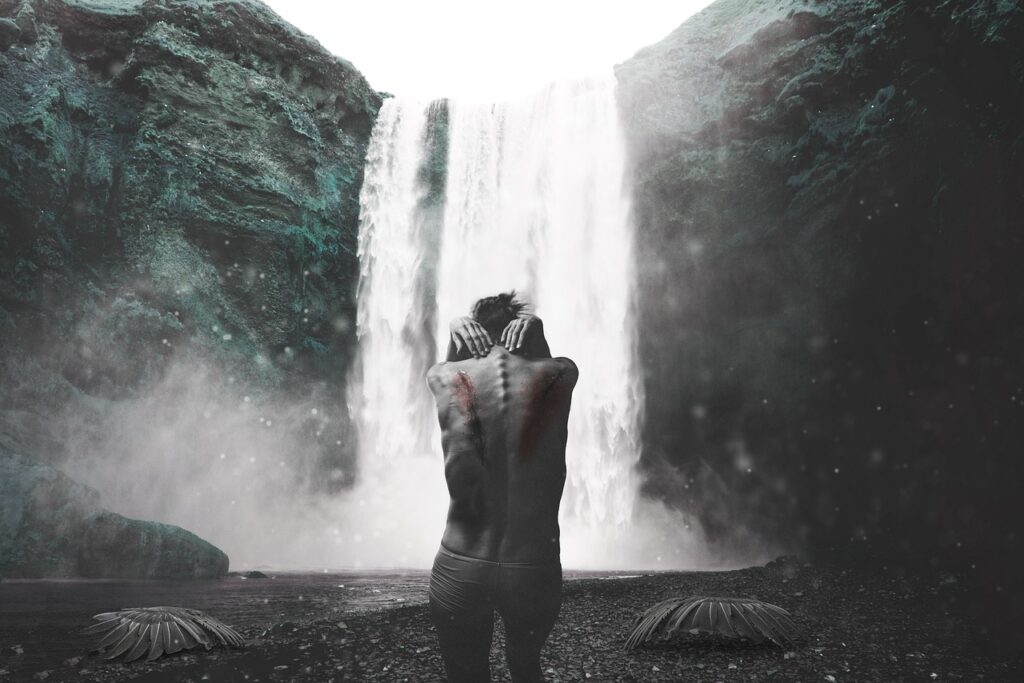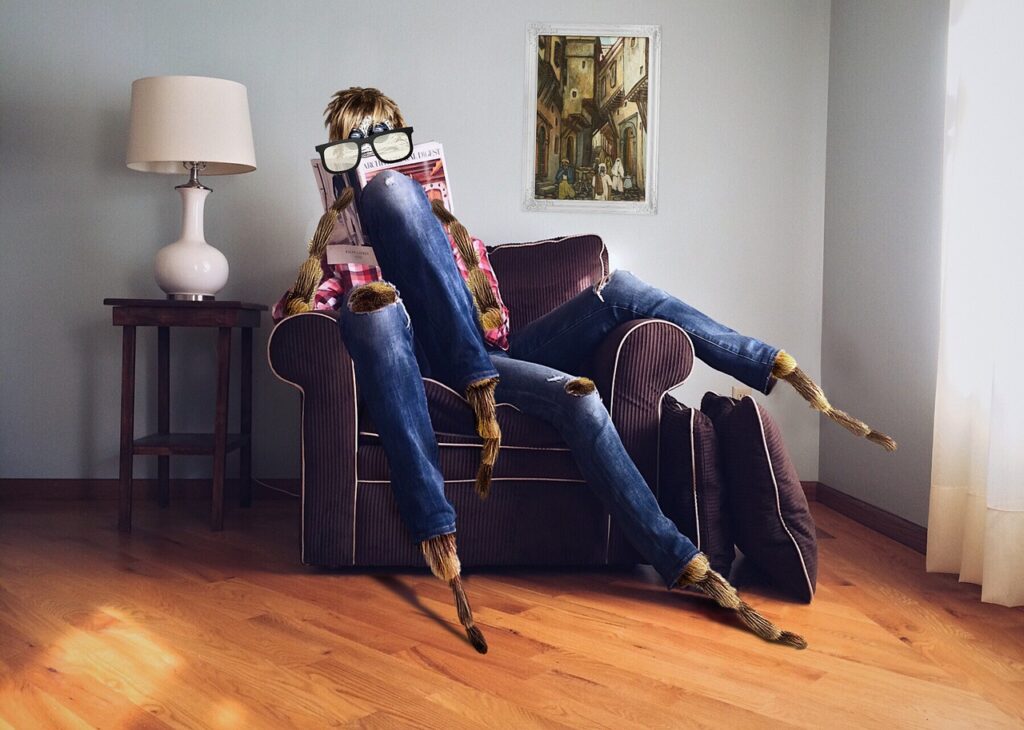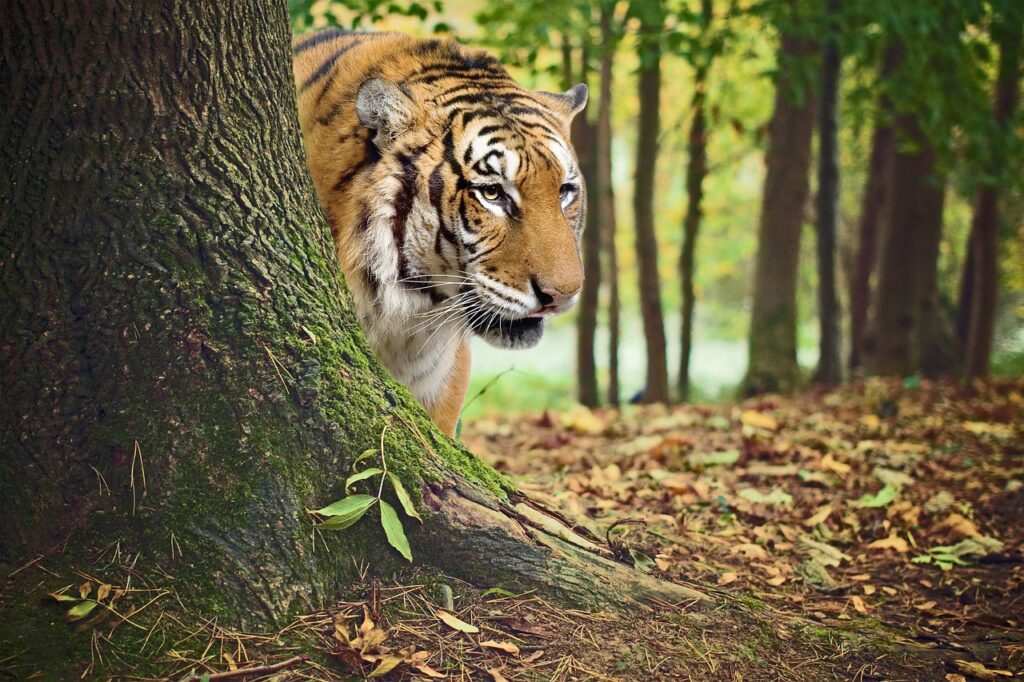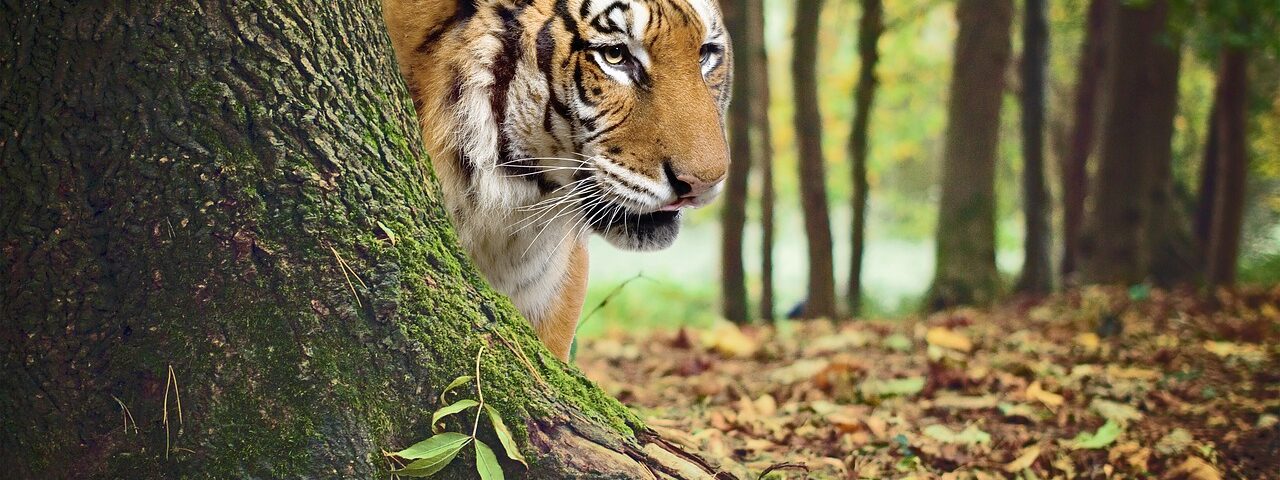From the moment photography was innovated in 1839 to the middle of the last century, there raged a heated argument on whether it is a form of art or a way of using an optical-mechanical device to document reality. Now we see that photography is truly an art form. Moreover, its unique attributes make it distinctly different from its nearest relative: painting.
What tells that Photography is an Art?
To answer this query, we need to go back to the precision of art itself. Even though Merriam-Webster explains art clearly and concisely as “something created with imagination and skill and that is graceful, or that expresses important ideas or feelings,” things are not that simple. Leo Tolstoy wrote a book called “What Is Art,” yet do not expect to get answers there. However, going back to the superior definition, photography owns everything to be an ideal medium for creative appearance. Yet, there are ways to apply photography for efficient purposes, and one can debate that it is its primary earmarking.
Photography is an expression that uses visual elements instead of words; therefore, it can be used for artistic purposes just as any language.
Just like English, which is perfectly suitable for writing a rental contract with a manager and equally ideal for creating the most graceful poetry, photography serves its dual purpose without any contradiction.

What distinguishes a pure artist is having something important to convey and striving to deliver this note to the world. It is the human ability to explain any information (including visuals) in various ways that give an artist the freedom to be literal. Good photographers do it extraordinarily well.
Their work is permanently unlocked for interpretation; it asks questions rather than offers solutions.
As with any visual art form, photography utilizes vulnerabilities of human visual discernment. It can make us experience feelings that move us and compel us to do things we otherwise would not even recall. It is Jessica Lange’s series of photos conveying inhumane conditions on American factories that made the lawmakers enact Child Labor Law, and it is Carleton Watkins’ landscapes were the cause for Abraham Lincoln’s signing the first allied government act to conserve a part of nature for the common good now familiar as the Yosemite National Park.
Capturing the beauty of nature provides immense pleasure. You can also begin photography with your mobile phone.
The artistic eye
Before we are bound to the attributing factors which create photography an art, we need to contemplate the relationship of visual appreciation between two humans, the artist, and the non-artist. Most people don’t consider themselves as creative and consider an artistic eye as a talent bequeath upon birth. For most of us, it’s either you posse it or you don’t, end of the story.
Anyways, anyone can have an artistic eye, and you don’t have to be for you to appreciate art through your own eyes. With practice and some methods, you can develop an artist’s eyes, which is achievable.
Training the eyes
With enough practice and instruction, you’ll be able to look at art from a broader perspective. Of course, part of it is having a pair of healthy eyes. And if you’re wearing corrective glasses now, there’s always a better way to do it.
One way to instruct your eyes to be artistic is by training to look and see. These two are often discerned to be the same, but looking is dissimilar from seeing. Every day, we engross visual information, but we never bother seeing them for what they mean. We simply look at them without trying to realize their significance.
Photography brings out the artist in us:
Again, you don’t have to be a skilled professional artist to learn and appreciate art. One way to show ourselves artistically is through the glass of the camera. We see an elevated skyline; we take a photo of it. our father is having a time with our son; everyone capture’s it with just a click.

Photography is an art form
Wikipedia explains art as a “diverse range of human activities in making visual, auditory or performing artifacts, conveying the author’s imaginative or technical skill, deliberated to be appreciated for their beauty or spiritual power.”
By the above expression alone, you can already say that photography is an art form. It may not need a skill that has an effort like painting or sculpture, but the critical element here is the intention to appreciate the beauty and convey emotions. Here are other compelling causes that photography is more than just a craft :
● Photography requires imagination and creativity
Getting that perfect shot requires varying creativity and lots of imagination, which is widely accepted apprehension. Photographers know that they should capture usual things and find many ways to present them to the world through great stills.
● Photography captures emotions
What separates artistic photos from ordinary snaps is the timing and expectation of small details of the big moments. These small features are where the powerful emotions reside, and experienced photographers know this. It’s the peaceful moments in a noisy world that counts.
The precise smiles, the calm before the storm, the water droplets, and the sparkling eyes before the groom kisses the bride; are some of the short-lasting emotional moments that every photographer’s dream shot.

● Photography is an art which requires analytical skills.
Freezing a beautiful moments and preserving them forever require technical skills that every photographer develops through years of practice. Like artists who use different sets of paints or mediums, photographers have apertures, shutter speeds, and other number-based features to consider when taking shots.
Type of filters, lens, and depth of field are also some of the analyses that need to be adequately addressed by the photographers. Also, the opportunity to get the shot is lost and may never be replicated again.
● Photographers understand physics
Experienced photographers know that they must also understand how cameras, angles, optics, and lighting works. Utilizing the technology behind photography will be a significant advantage for every photographer.
This is similar to the paint sculptures, artists, and visual artists who have a keen knowledge of the elements that can affect the note they want to convey through their artwork.
● Photographers understand abstraction
In general terms, abstraction is a process where information is attentively but intentionally left out, resulting in a shot that is unlocked for different interpretations. Abstraction also requires an understanding of geometric shapes, texture, lines, color, and other related elements.
As mentioned earlier, anyone can develop an artistic eye, and great photographers have evolved their understanding of isolation and seeing beyond the original perspective of the shots.
The practice of photography started rooted in science and experimentation, but it wasn’t long before photography to be considered a visual art.
A case could be built for science in the query: is photography art or science? But, what created photography an art form in the first place was the appeal of science in the formation of art. What type of art is photography? The responses are as limitless as with any other medium.
Just as a painter uses a brush and a canvas, photography uses a camera and film as their tools.

It is plain to know that a carefully composed, focused, exposed, and captured image has innate artistic value. Photography, as a channel, can shade reality with new conditions and meaning. Messages and symbolism can be expressed through the presentation of a still image.
The juxtaposition of visual elements can take on new value when frozen in time like a photograph. All of the near-infinite photographic variables and possibilities make it clear that photography is artistic.

